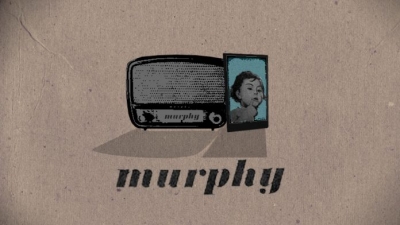
A wooden box, a short, straight antenna on the top left and a picture of a chubby toddler with her finger placed near her lips with a quizzical smile – this is what Indian radio memories are made of. And the brand was Murphy Radio, one of the earliest radio brands in Indian homes.
In the 1960s-70s, Indians who had radio sets in their homes often boasted about it. A Murphy Radio set usually occupied pride of place in their homes, especially in their drawing rooms. It would be kept at a higher plane away from children’s reach. Many Indians would actually stitch an embroidered cloth cover for it. Families would play the popular radio programmes on high volume, attracting radio-less neighbours to stand outside and listen.
The brand of home radios was founded in 1929 in England by Frank Murphy and E.J. Power.
The original radio company played a crucial role during World War II, making radio sets for British Armed Forces to use.
Murphy was the first British radio to be fitted with automatic tuning correction with station names on the tuning scale.
Frank Murphy left his own company in 1937 leaving E.J. Power in charge and found another company called FM Radio – Frank Murphy Radio.
Picture Credit : Google

